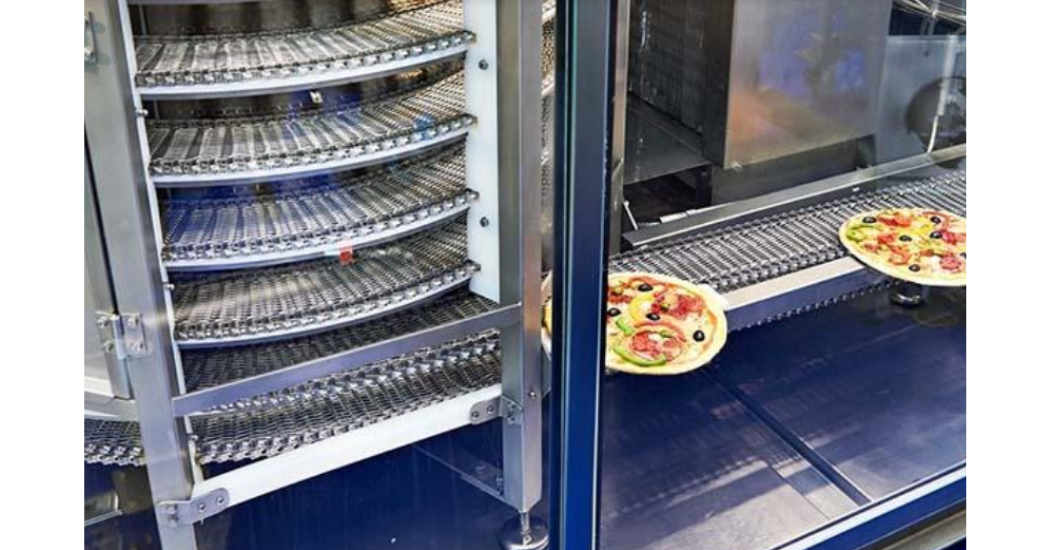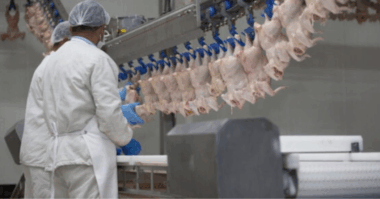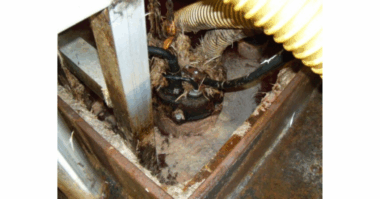Carbon graphite is employed by businesses to decrease costs, improve efficiency, and ensure public safety across the food processing industry. Carbon graphite’s unique mechanical/chemical properties and its sanitary attributes make it the perfect material to consider when designing your next conveyor ovens, Blanchers, and sterilization equipment to name a few. This article highlights some of the carbon graphite’s key aspects that make it such a versatile material in this industry.
The properties that Carbon graphite has are preferred over other materials for a plethora of reasons. The first is that carbon graphite is Self-lubricating. The molecular structure of carbon graphite is made up of layers of carbon atoms held together by Van der Waals bonds between them. These bonds are weaker than other types of chemical bonds and allow the material to easily move over the counter face it runs against.
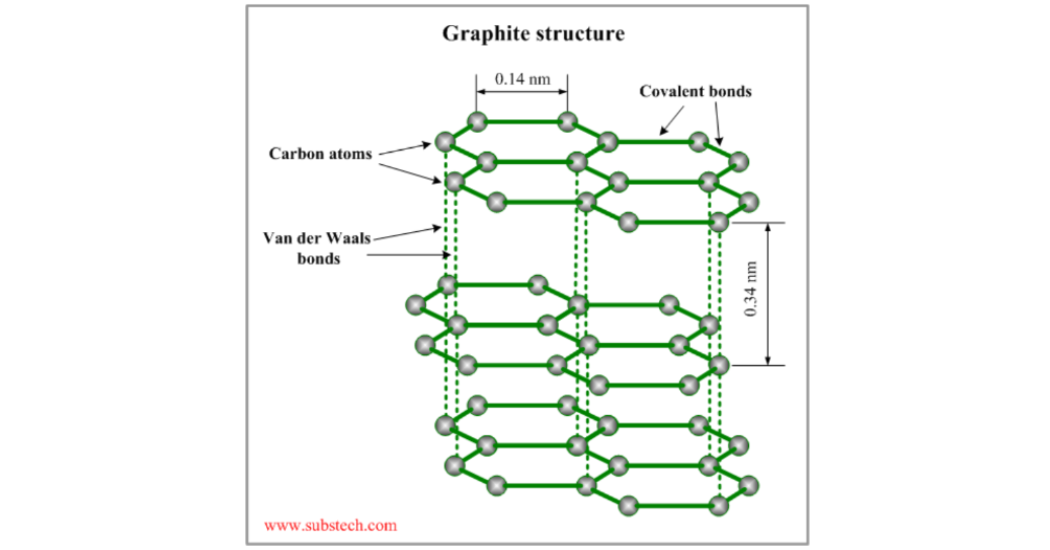
Molecular structure of Graphite
The self-lubricating characteristics of carbon also give it the ability to run dry if no operating fluid is present. As you can imagine removing the need for oil or grease lubrication in Food processing and handling equipment is invaluable in alleviating serious health concerns. The next major Property benefit of carbon graphite is that it can be impervious and have no porosity. Plain carbon graphite has an interconnected network of porosity from outgassing. The available porosity can be filled with various types of metals, resins, and salts, through a vacuum impregnation process. This is done to make it so carbon graphite material will not have any foreign materials absorbed into it during operation. This is invaluable in food processing applications for the fact that this prevents bacteria from growing inside the carbon graphite. Also removing porosity allows carbon graphite to be easily cleaned and sanitized. The next unique property that carbon graphite has is the wide delta temperature range the material can operate in. Two examples of this one on both ends of the spectrum are in conveyor ovens and freezer conveyors. For conveyor ovens, the hot zones can reach upwards of 600 °F. Bearings made from engineered plastics fail at approximately 350 °F. On top of the food-safe, high-temperature grease lubricants they use are expensive and the daunting task of constantly needing to replace this grease on hundreds of bearings cannot be overlooked. Carbon graphite offers a material that can operate in temperatures as high as 850 °F and its self-lubricating properties make it a great option. In freezer conveyors, the operating temperatures in the coolant system can reach as low as -400 °F. This would prevent bearings made from traditional materials to be used because the grease needed for lubrication would have increased viscosity potentially causing them to seize. Carbon graphite’s self-lubricating properties are not hindered in these sub-zero operating temperatures.
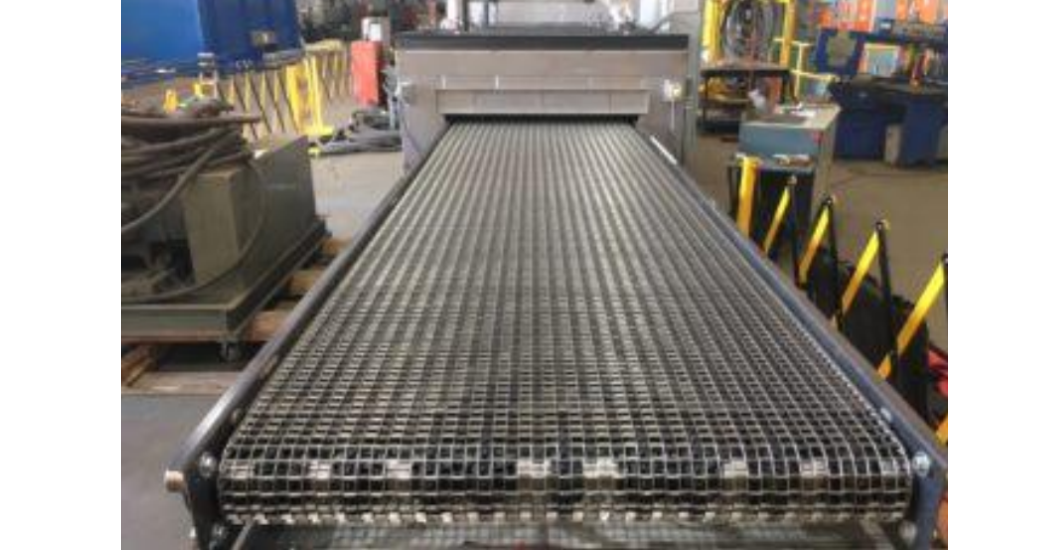
Conveyer Oven
The last unique property that carbon graphite has that makes it a perfect choice for food processing/handling applications is the material’s chemical resistance. Some great examples of this are citrus fruit peelers, squeezers, and juicers. When processing foods it is highly likely that some components will encounter some acidic liquids from citrus fruits such as oranges and lemons. The constant exposure of these citric acid liquids will cause corrosion over time to many different materials, but not carbon graphite! Carbon Graphite is a very inert material that can come into regular contact with some of the most caustic acids, such as hydrofluoric and sulfuric acid not causing it to have any adverse chemical reactions.
Now that I have given you a basic understanding of how the properties of Carbon Graphite make it a great material choice let me dive into the approvals it has received to be used in the food industry. The two major agencies that have given it approvals are the FDA (The Food & Drug Administration) and NSF (National Science Foundation).
The FDA is responsible for protecting public health by ensuring the safety, efficacy, and security of human and veterinary drugs, biological products, and medical devices; and by ensuring the safety of our nation’s food supply, cosmetics, and products that emit radiation. Specifically, in the food industry, they require seal and bearing materials to be impervious, easily cleaned and can operate without galling or seizing without the help of oil, grease, or other lubricants that may contaminate the food. They have ruled that impervious carbon graphite is considered GRAS (generally recognized as safe) for use in food handling equipment. Next, NSF is an independent federal agency that promotes the progress of science, health, and defense. They do not hire researchers or directly operate using their laboratories or similar facilities, but instead directly support scientists, engineers, and educators. Some carbon graphite is listed under the NSF-51 Standard for Food Equipment Materials. This standard outlines the requirements for
materials to be used in commercial food equipment.
Carbon graphite has the required properties and agency approvals to be used in the food processing industry. It is so well-tailored specifically for these applications with its unique ability to be self-lubricating, withstand a very wide temperature range, and remain sanitary and bacteria-free.
Author Bio: My name is Robert Riccio. I am the Applications Engineer at Metalized Carbon Corporation. I received a Bachelor of Engineering degree focused on mechanical engineering from Rensselaer Polytechnic Institute in 2019. Having over three years of professional experience in design and manufacturing, I am well equipped to answer your application’s specific questions.

